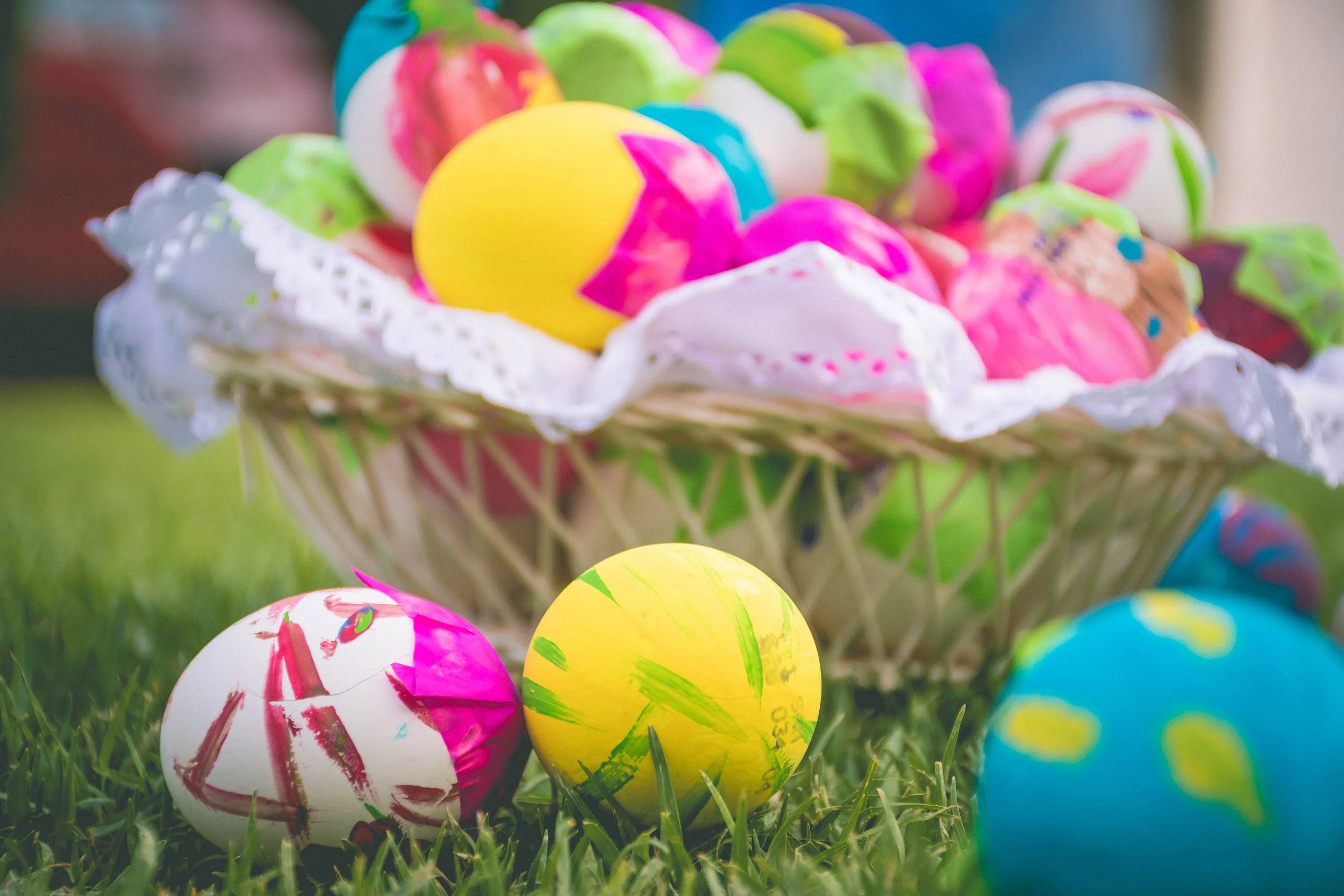Easter eggs have been a beloved part of the holiday season for centuries. These colorful eggs, often decorated with intricate patterns and symbols, are a symbol of new life and rebirth, making them a perfect symbol for the springtime celebration of Easter. But where did this tradition come from, and how did it evolve over time?
The Ancient History of the Easter Egg
To answer these questions, we need to go back to ancient times. The practice of decorating eggs for springtime celebrations can be traced back to pagan traditions, long before the Christian holiday of Easter even existed. These early cultures saw eggs as a symbol of fertility and new life, much like the new growth that appears in nature during the springtime.
As Christianity began to spread throughout the world, these ancient traditions merged with the new faith, creating a new meaning for the Easter egg. The egg became a symbol of Christ's resurrection, with the hard shell representing the sealed tomb and the new life emerging from it representing the resurrection.
Why Do We Hide Easter Eggs?
But how did the tradition of hiding Easter eggs come about? It's said that in medieval Europe, eggs were often given as gifts during the season of Lent, the period leading up to Easter. Since meat was forbidden during this time, eggs were a valuable source of protein, and many people looked forward to receiving them as a treat.
Why Do We Decorate Easter Eggs?
As Lent came to an end and Easter approached, the eggs that had been saved up were often decorated and given as gifts to children. It's believed that the practice of hiding these eggs came about as a way to make the game of finding them more fun for children.
Over time, the practice of decorating and hiding Easter eggs became more and more elaborate, with intricate designs and patterns taking center stage. In some cultures, such as those in Eastern Europe, the practice of creating exquisitely decorated eggs, known as pysanky, became an art form in its own right.
Easter Eggs Today
Today, Easter eggs remain a beloved tradition for many people around the world. While the practice of hiding them may have originated as a way to make the game of finding them more fun for children, it's now become an important part of many Easter celebrations. From large-scale Easter egg hunts to smaller family gatherings, the tradition of the Easter egg continues to thrive.
How To Include Easter Eggs In Your Event
For event planners, Easter egg hunts and decorating activities can be a great way to add a fun and festive touch to any Easter event. By incorporating this beloved tradition into your event, you'll be sure to create a memorable experience for all your guests.
When planning an Easter egg hunt, it's important to keep in mind the age range of your guests. For younger children, you may want to keep the hunt area smaller and more contained, with easier-to-find eggs. For older children and adults, you can make the hunt more challenging by hiding eggs in harder-to-reach places or creating clues to lead them to the eggs.
Another great way to incorporate Easter eggs into your event is through decorating activities. You can set up stations where guests can decorate their own eggs with markers, stickers, or paint. You can even offer a prize for the most creative or best-decorated egg.
No matter how you choose to incorporate Easter eggs into your event, it's sure to be a hit with your guests. The tradition of the Easter egg is a beloved one, with a rich history and cultural significance that has stood the test of time. By adding your own unique twist to this timeless tradition, you'll create a truly memorable experience for all your guests.




